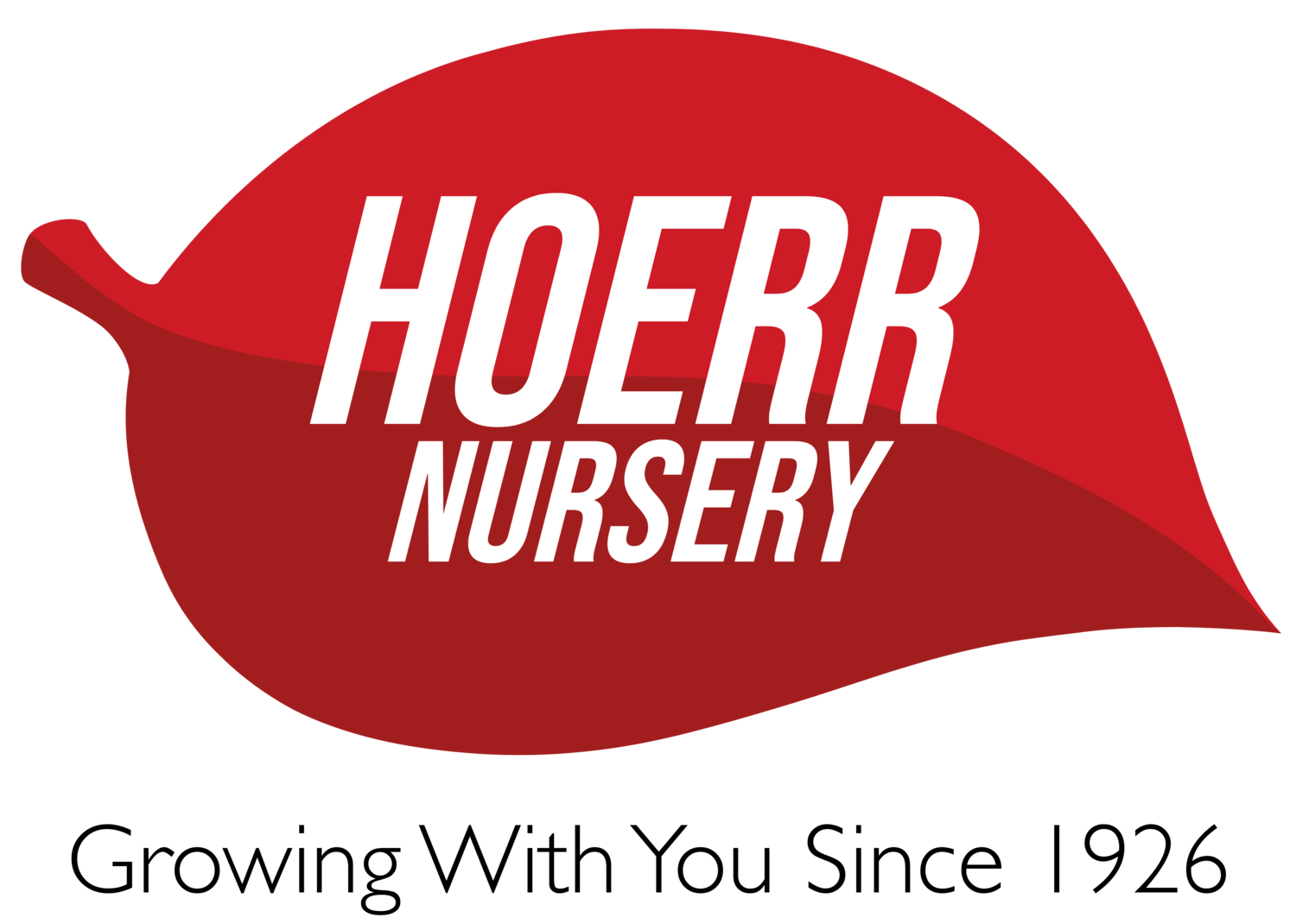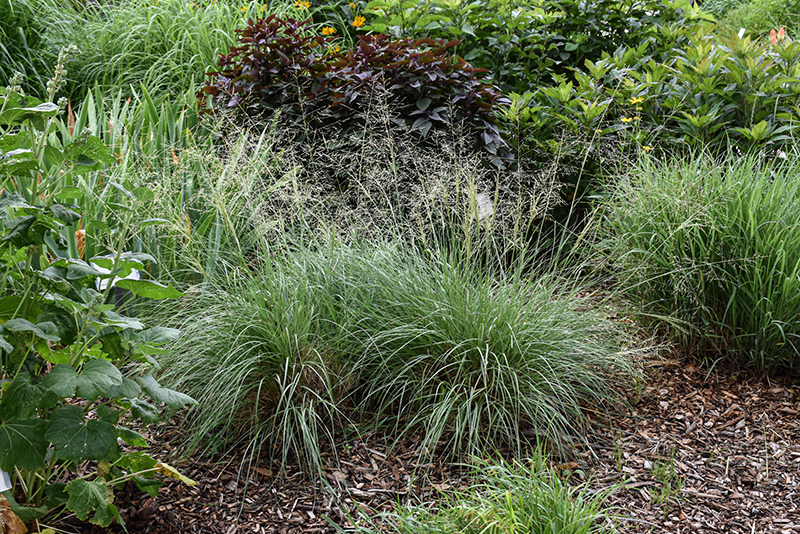Plant Height: 3 feet
Flower Height: 4 feet
Spread: 24 inches
Sunlight:
![]()
Hardiness Zone: 4a
Other Names: Zacate Alcalino, syn. Agrostis airoides
Description:
Native to western North America, this fine-textured, warm season bunch grass features spikelets of yellow florets that become graceful, open seed heads over the narrow, gray-green foliage; very adaptable, and highly tolerant of alkaline soils
Ornamental Features
Alkali Sacaton features delicate plumes of yellow flowers rising above the foliage from early to late summer. The gold seed heads are carried on showy plumes with pink overtones and which fade to tan over time, which are displayed in abundance from late summer to late fall. Its grassy leaves are grayish green in color with hints of silver. As an added bonus, the foliage turns a gorgeous harvest gold in the fall.
Landscape Attributes
Alkali Sacaton is an open herbaceous perennial grass with a shapely form and gracefully arching stems. It brings an extremely fine and delicate texture to the garden composition and should be used to full effect.
This is a relatively low maintenance plant, and is best cleaned up in early spring before it resumes active growth for the season. Deer don't particularly care for this plant and will usually leave it alone in favor of tastier treats. It has no significant negative characteristics.
Alkali Sacaton is recommended for the following landscape applications;
- Mass Planting
- General Garden Use
- Naturalizing And Woodland Gardens
Planting & Growing
Alkali Sacaton will grow to be about 3 feet tall at maturity extending to 4 feet tall with the flowers, with a spread of 24 inches. Its foliage tends to remain dense right to the ground, not requiring facer plants in front. It grows at a medium rate, and under ideal conditions can be expected to live for approximately 10 years. As an herbaceous perennial, this plant will usually die back to the crown each winter, and will regrow from the base each spring. Be careful not to disturb the crown in late winter when it may not be readily seen!
This plant should only be grown in full sunlight. It is very adaptable to both dry and moist locations, and should do just fine under typical garden conditions. It is considered to be drought-tolerant, and thus makes an ideal choice for a low-water garden or xeriscape application. This plant does not require much in the way of fertilizing once established. It is particular about its soil conditions, with a strong preference for poor, alkaline soils, and is able to handle environmental salt. It is somewhat tolerant of urban pollution. This species is native to parts of North America..

